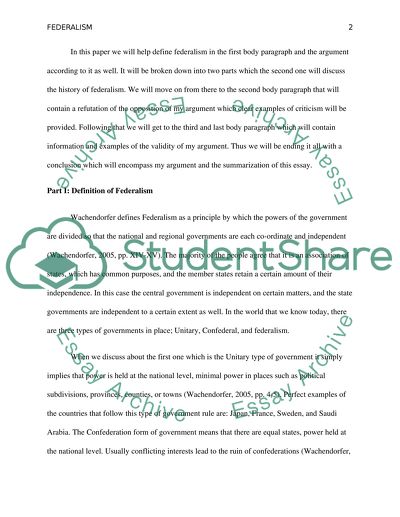Cite this document
(“Federalism Essay Example | Topics and Well Written Essays - 2000 words”, n.d.)
Retrieved from https://studentshare.org/politics/1702622-federalism
Retrieved from https://studentshare.org/politics/1702622-federalism
(Federalism Essay Example | Topics and Well Written Essays - 2000 Words)
https://studentshare.org/politics/1702622-federalism.
https://studentshare.org/politics/1702622-federalism.
“Federalism Essay Example | Topics and Well Written Essays - 2000 Words”, n.d. https://studentshare.org/politics/1702622-federalism.


